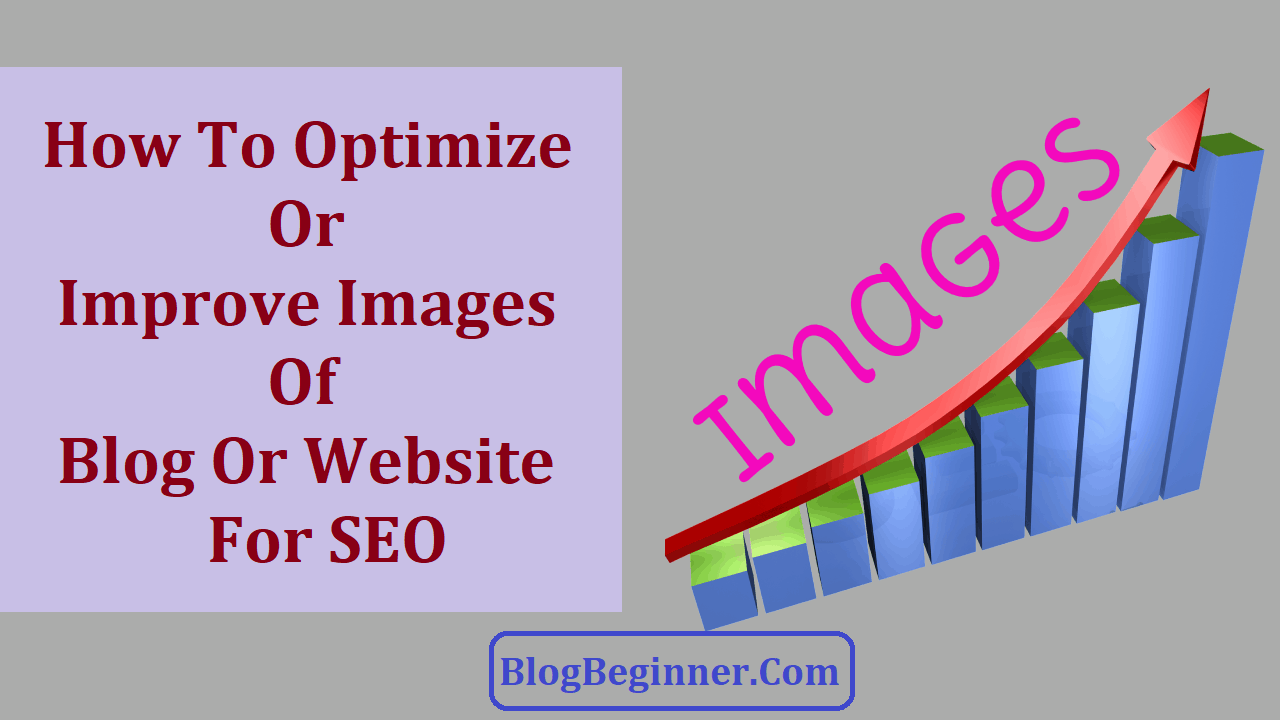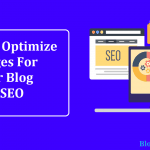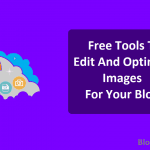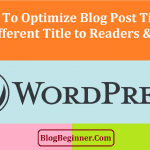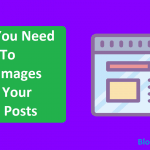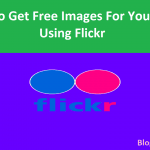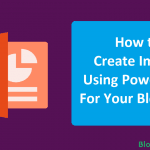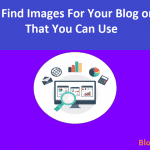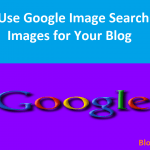Image optimisation refers to adjusting the file size and resolution of an image(s) so that the load times are quick but the rendered image is rendered in high quality.
It also refers to an SEO tactic, wherein one tries to make the images they’re using rank on Google and other search engines; this is done to get your blog or website more exposure.
For bloggers, images in general are very important; they add an aesthetic value to one’s content and can help set the tone for what you’re writing. Image optimisation is another benefit.
While it might seem somewhat pointless to tweak the dimensions of a picture, it’s important to understand why.
Using too many pictures, large pictures, or high-quality pictures will slow down the load time for your page.
Google also isn’t very supportive of slow loading pages.
Additionally, high speed internet access isn’t available to everyone.
This means a large portion of your audience will struggle to access your content.
On top of this, most people aren’t going to wait for a page to load if it takes too long. This doesn’t bode well for your posts, which is why image optimisation is so important.
To check whether your loading time is affected by improper image optimisation, Google PageSpeed Insights is available to check on your behalf.
Contents In Page
Benefits of Optimising Images
- Photo-sharing sites can generate a lot of traffic
- Less competition with image search engines so it’s easier to rank higher with proper optimisation methods.
- Your blog’s SEO score and bounce rate will both increase
- If using custom images, you can guarantee a few backlinks as people use your images and credit you as the source.
The Process
While it might sound confusing to some, the process in and of itself is simple. Below is a list that details how one can optimise images. Each point will be expanded on, so don’t worry.
- Give your images appropriate names
- Keep an eye on your alt attributes
- Carefully select image dimensions
- Use more than one angle for products
- File size should be as small as possible
- Be mindful of the file type
- Avoid overuse of decorative images
- Be careful when using Content Delivery Networks (CDN’s)
Naming Your Images Appropriately
Because the purpose of this exercise is to have search engines pick up on the images, it’s extremely important to name the pictures in an on-topic fashion.
While it might be easier to stick with the name designated by your camera it would also be fairly unproductive.
Instead, you should rename the image using your keywords, making it easier for the search engine to rank up your image.
An example of this would be, if your post is titled: “The Most Beautiful Mountains in the World”, the saving your images under names like: “beautiful-mountains-japan” or “beautiful-mountains-nepal” would be an effective naming scheme.
Note that the name is spaced out with hyphens, this is for readability.
While one could just as easily use the names without them i.e.: “beautifulmountainsjapan”, it’s advised to use hyphens for convenience.
Alt Attributes
Alt attributes refer to the text which functions as an alternative to images when it’s not properly displayed in browser.
These attributes are also extremely helpful in accommodating the visually impaired.
Depending on certain settings, alt attributes should appear when your cursor hovers over certain images.
There is great SEO value in properly using alt attributes.
By attaching relevant keywords to your images in this manner, you can greatly boost the search engine ranking of your website.
Image Dimensions
As mentioned earlier, using larger images can negatively impact webpage load times.
Hence it’s better to adjust the dimensions of a large image before adding it to your post.
Additionally if you absolutely must/want to add large images to your article, refrain from shrinking it through the source code.
This causes problems as the larger file size will still be attached to the image in question and this will increase load times for your webpage.
Multiple Angles
This is most useful for advertising or reviewing a certain product.
You might not know it’s necessity, but think of it like this: when trying to generate interest for something it’s important to ‘show off’ as much as possible.
Several pictures of differing angles helps people get an idea of what is being presented to them.
Using multiple pictures also allows you to include more keywords which will then boost your SEO ranking.
File Size
This is separate from image dimensions as it doesn’t refer to how big or small the image is but how much data it’s comprised of.
File size plays a big role in page load times which is why it’s important to keep this factor in mind when using images for your blog.
If you want to use an image but its file size is impractical, it’s possible to adjust this value yourself through means such as Photoshop (Save for Web or Export As, options) or if you lack access to Photoshop, you can use: PicMonkey, PIXLR, or Canva.
File Type
Another important aspect of using images is to save them in the most helpful format.
Depending on one’s needs the pictures would either be saved in one of three formats: JPEG, GIF, or PNG. JPEG is the most commonly used file type and allows images to be saved with fairly good resolution and in small sizes.
GIF’s by comparison are of a relatively lower quality but are an attractive option for simple webpages which aren’t loaded with colours.
PNG’s are starting to grow in popularity because they can accommodate more colours than GIFs and don’t degrade in the manner that JPEGs do.
However, PNGs tend to be larger files so this file type isn’t always recommended.
Decorative Images
There’s a certain aesthetic appeal to incorporating decorative images such as borders or icons, however this can compromise loading times.
It’s advised to use decorative objects sparingly and to further make sure that these objects are saved with as small a file size as possible.
Content Delivery Networks (CDNs’)
CDNs’ host media files and can greatly assist with bandwidth issues and boosting the load times for webpages.
However this is at the cost of backlinks, which are extremely important for bringing up your SEO ranking.
What happens is that if someone credits your image, it gets linked back to the CDN and not your domain.
Therefore, CDNs’ are most useful for those who are already established bloggers but are looking to increase load times.
